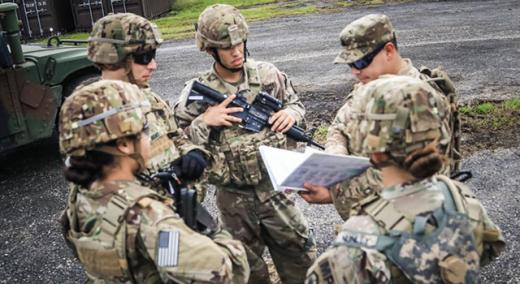Considered one of the most successful organizational learning methods, the after-action review (AAR) was developed by the U.S. Army during the 1970s to help its soldiers learn from both their mistakes and achievements. Since then, many companies have used the AAR for performance assessment. And yet, as American systems scientist Peter Senge notes, efforts to bring the practice into corporate culture most often fail because “again and again, people reduce the living practice of AARs to a sterile technique.”
|
ADVERTISEMENT |
Here’s how to create a culture of continuous performance improvement and adaptive learning by systematically reviewing team successes and failures. The process itself is an active discussion centered around four key questions:
1. What did we intend to accomplish (what was our strategy)?
2. What did we do (how did we execute relative to our strategy)?
3. Why did it happen that way (why was there a difference between strategy and execution)?
4. What will we do to adapt our strategy or refine our execution for a better outcome, or how do we repeat our success?
…

Add new comment